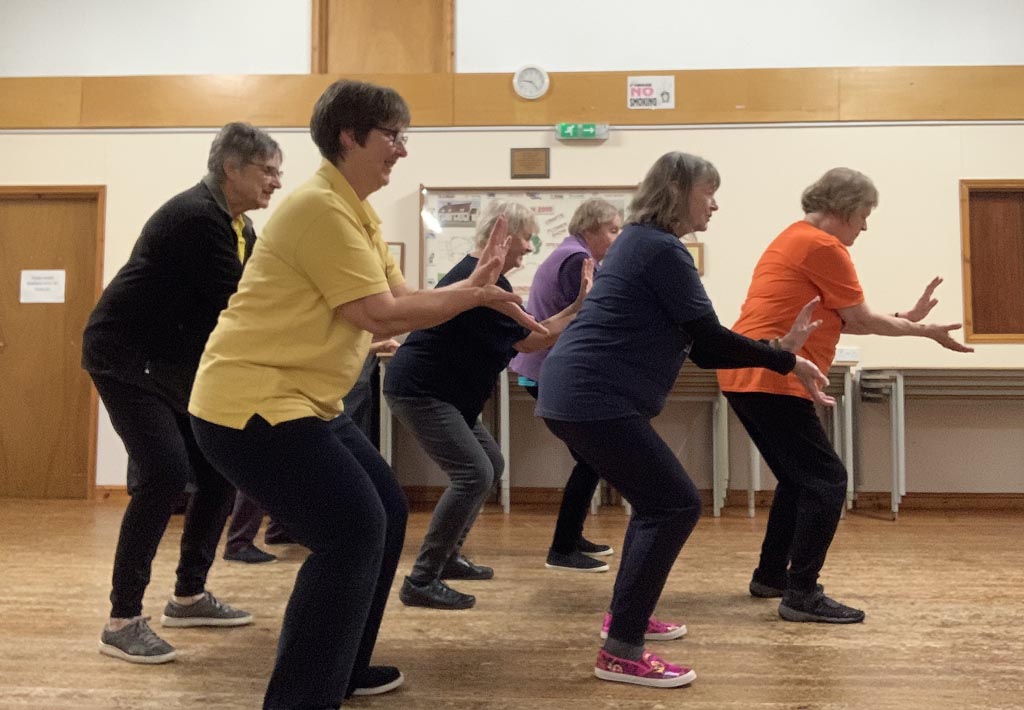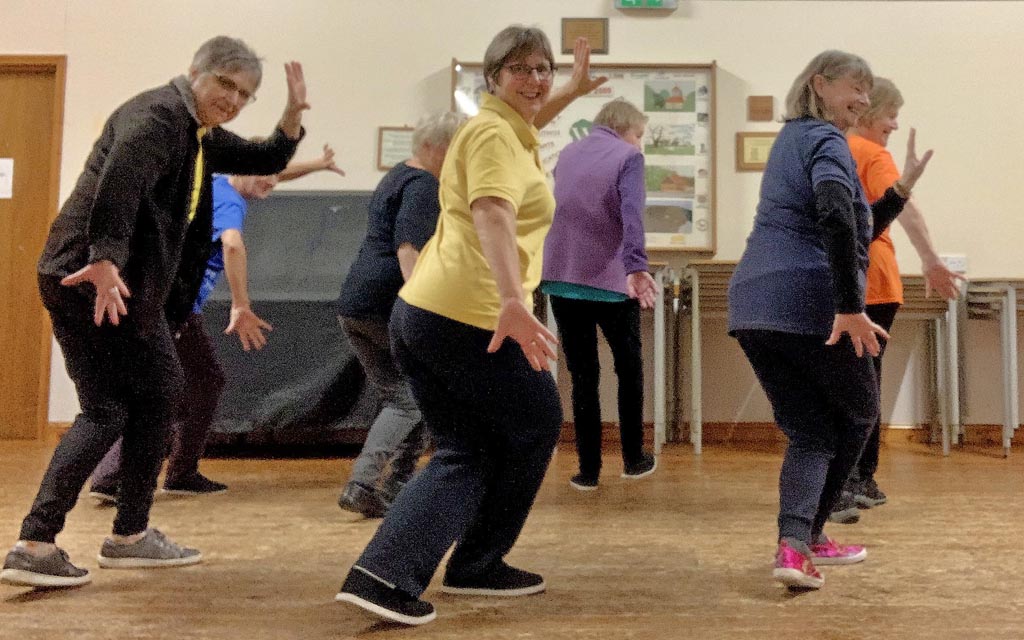Lok Hup Ba Fa originated with the Taoist sage Chen Hsi-I who lived during the late Tan Dynasty (9th Century). Chen Hsi-I was the 5th Patriarch of the Hua Shan Sect, a lineage of the Northern School of Taoism. This particular school of Taoism was known for it dual emphasis on cultivating health and longevity. One of these methods was a set of movements known as Lok Hup Ba Fa, the six harmonies and eight methods of mind and intention. Tai Chi, Hsing-I, Pa-Kua and Lok Hup Ba Fa form the four great systems of internal martial arts. The goal of internal systems of exercise is to transform the body from an unhealthy state to a healthy state. In Taoism this is called Internal Alchemy. Muscle, ligament, bone, tendon, spine and internal organs are changed to develop an architectural structure of the body  ideal for storing and circulating internal energy.
ideal for storing and circulating internal energy.
Through the Sung, Ming, Ching, and Republican years (9th through to the 20th Century), Lok Hup Ba Fa was transmitted through a line of Masters who preserved the tradition within closed circles. Our lineage links to Grandmaster Wu Yi-Jin (1887-1961). He was the first master who taught Lok Hup Ba Fa openly in Shanghai at the Jing Wu Martial Arts Association. As Master Wu’s fame grew so did the reputation of Lok Hup Ba Fa. He had many students who were drawn to Lok Hup Ba Fa as it appeared to be sythesis of the three well known internal arts – Tai Chi, Hsing-I and Pa-Kua. Two of Master Wu’s students were Leung Tsz-Pang (1900-1974) and Chen Yiren (1909-1982). They moved to Hong Kong at the end of the 1940s where Master Leung taught Lok Hup Ba Fa, Tai Chi and other martial arts.
Our teacher, Master Moy Lin-Shin (1931-1998) studied under Master Leung with help from Master Sun Di. In 1970 Moy Lin-Shin emigrated to Canada. He brought with him his unique understanding of Tai Chi and other Taoist Arts and began teaching in Toronto and Montreal.
 There are sixty-six moves in the Lok Hup Ba Fa Set, divided into two halves. The first half focuses on changing the tendons and transforming the muscular-skeletal structure of the body. This makes it primarily “external” in its emphasis. The second half focuses on massaging the internal organs, transforming the internal structure of the body. This makes it primarily “internal” in its emphasis.
There are sixty-six moves in the Lok Hup Ba Fa Set, divided into two halves. The first half focuses on changing the tendons and transforming the muscular-skeletal structure of the body. This makes it primarily “external” in its emphasis. The second half focuses on massaging the internal organs, transforming the internal structure of the body. This makes it primarily “internal” in its emphasis.
Lok Hup means Six Harmonies. Three are external harmonies, the head, arms and legs all in harmony with each other. The connector of the external harmonies is the spine. Three are internal harmonies, the Upper, Middle and Lower Dan Tiens all in harmony with each other. Dan Tiens are points in the body which gather and store energy. The connectors of the internal energies are the Tu and Jen meridians. Meridians put simply, are channels which allow chi to flow.
Ba Fa relates to the Eight methods. Described simply  it allows transformation of the body from external to internal using multi-directional forces.
it allows transformation of the body from external to internal using multi-directional forces.
The practice of Lok Hup Ba Fa begins with changing the muscular-skeletal system, continues with changing the internal organs, and is completed with the circulation of internal energy. The culmination of training in Lok Hup Ba Fa is therefore said to be the perfect health of mind and body.
